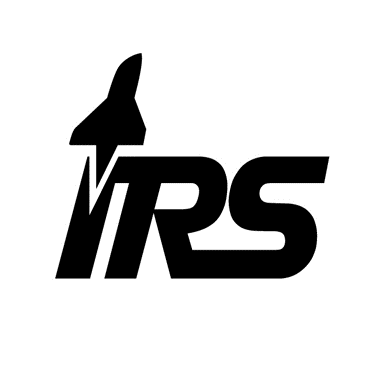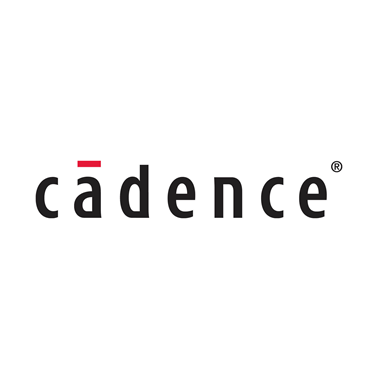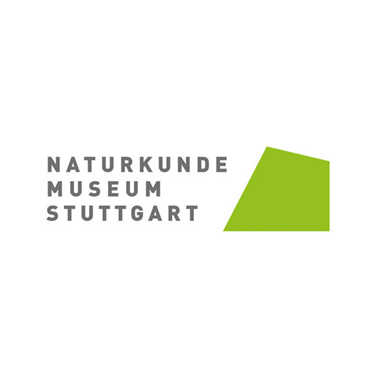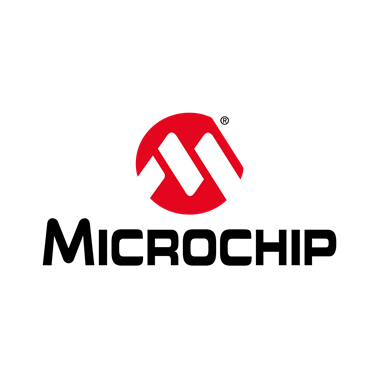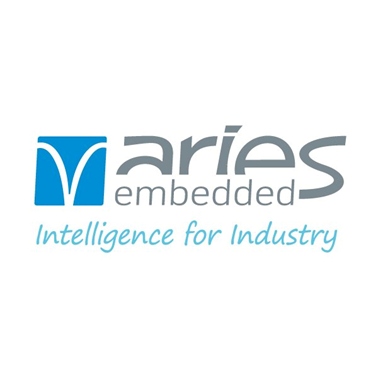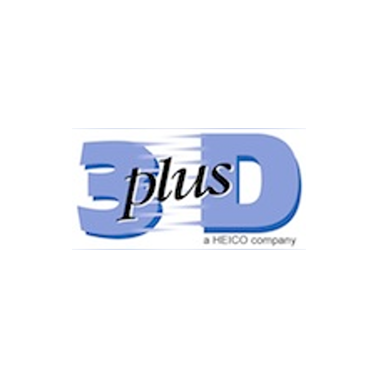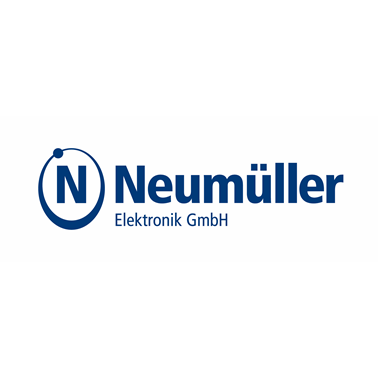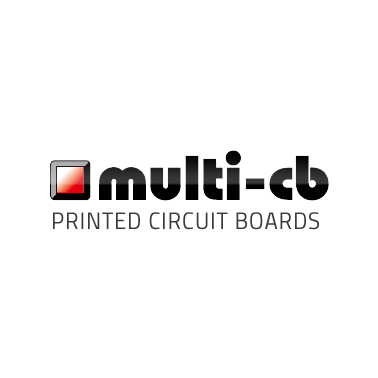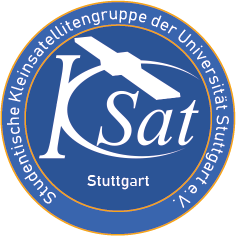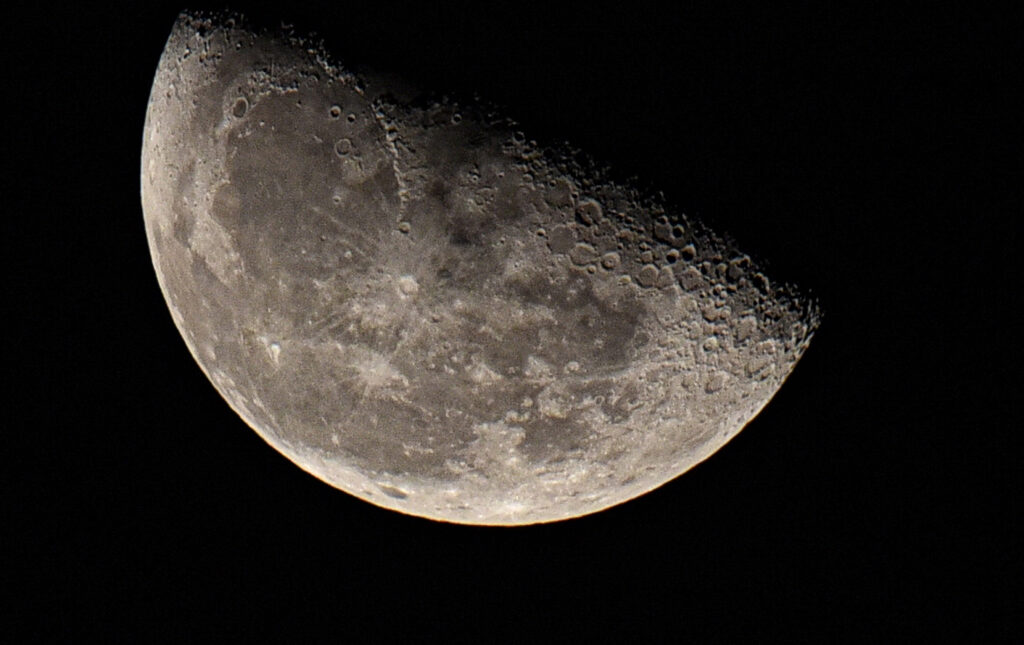Our Journey to the Moon
In 2018, KSat reached the ISS with PAPELL, in 2019, the atmosphere with BUBBLE and with SOURCE we will explore the orbit. But that is not enough. With our latest project MICU, we are targeting the next major destination, the Moon. MICU (Mineral Investigation Camera using Ultra-Violet) is an experiment module (payload) that is, therefore, currently under development. In April 2020, NASA published the so-called “Honey, I shrunk the NASA-Payload” challenge for a payload on a small lunar rover. The rover is supposed to operate in a lunar region that has not yet been determined and carried out as part of the Artemis mission, in preparation for the crewed lunar missions starting in 2024. The focus of the competition is on the discovery and identification of lunar resources. MICU will use ultraviolet (UV) radiation to cause fluorescence of lunar rocks through LEDs, which we will then detect with a camera. The on-board image processor will analyse the images for possible fluorescence. Promising images will be released for downstream to Earth for advanced mineral classification. The challenge is divided into two phases. In phase 1, we competed against more than a hundred other ideas and were awarded with 2nd place and $15,000 to further develop the idea. Despite the adverse conditions imposed by Covid-19, we have been working ambitiously on our project over the last few weeks in order to apply for phase 2 with our elaboration at the beginning of January. Now we have to wait in excitement to see whether we will soon be able to explore the Moon with MICU on a miniature lunar rover. In parallel, the whole team is continuing to work on MICU. Currently, there are 24 members, divided into four teams. The Science team is working on the fluorescence of minerals; Electronics and Mechanics are designing the hardware-specific and structural components based on the requirements of Science. Software is developing the operating system, as well as a mineral map; a database of fluorescent minerals. The database can be developed with the support of the Natural History Museum in Stuttgart as we have access to their minerals. The map will enable us to match images of the Moon with those in our database.
MICU at a Glance
The Experiment
MICU will use UV LEDs to excite the minerals on the Moon to fluorescence and detect this with an additional camera. Our UV spectrum ranges from the higher-wave UV-C range from about 250 nm through the UV-B range to the limit of the range that is visible to humans with UV-A. To be able to make a statement about which minerals are present on the moon, the images are compared with a mineral map.
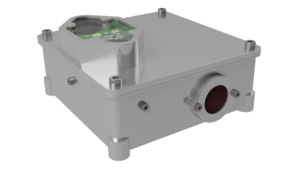
The Technology
Fluorescence is the immediate effect of photon emission after illumination in the UV spectrum. In this process, the incident UV light excites electrons in their ground state to jump to a higher energy state. After this process, the electron falls back to its ground state and emits a light particle (photon). The wavelength of this photon is higher and thus, has a lower energy than the wavelength of the excitation light. We use this process to detect the fluorescence of the minerals. The first image processing is done in an FPGA on our Moon module. If fluorescence is detected, the FPGA sends it downstream for further processing on Earth. The received data is compared with the images in a pre-created mineral map.
The Journey
The journey to the Moon leads over several milestones. With the 2nd place in phase 1, we have successfully mastered the first milestone. By developing MICU for phase 2, we are now well prepared for the next milestone: the construction of our lunar payload.
Current State
Current Phase
In the current phase, we are waiting with curiosity to see whether we will receive a commitment from NASA and thus, the possibility of building a payload for the Moon. In the meantime, we are continuing to work on our system design in parallel. Additional minerals will be examined for their fluorescent properties and included in the mineral map. As soon as we receive the approval, we can start to develop the first final prototype. A total of 3 payloads will then be delivered to NASA by the beginning of 2022.
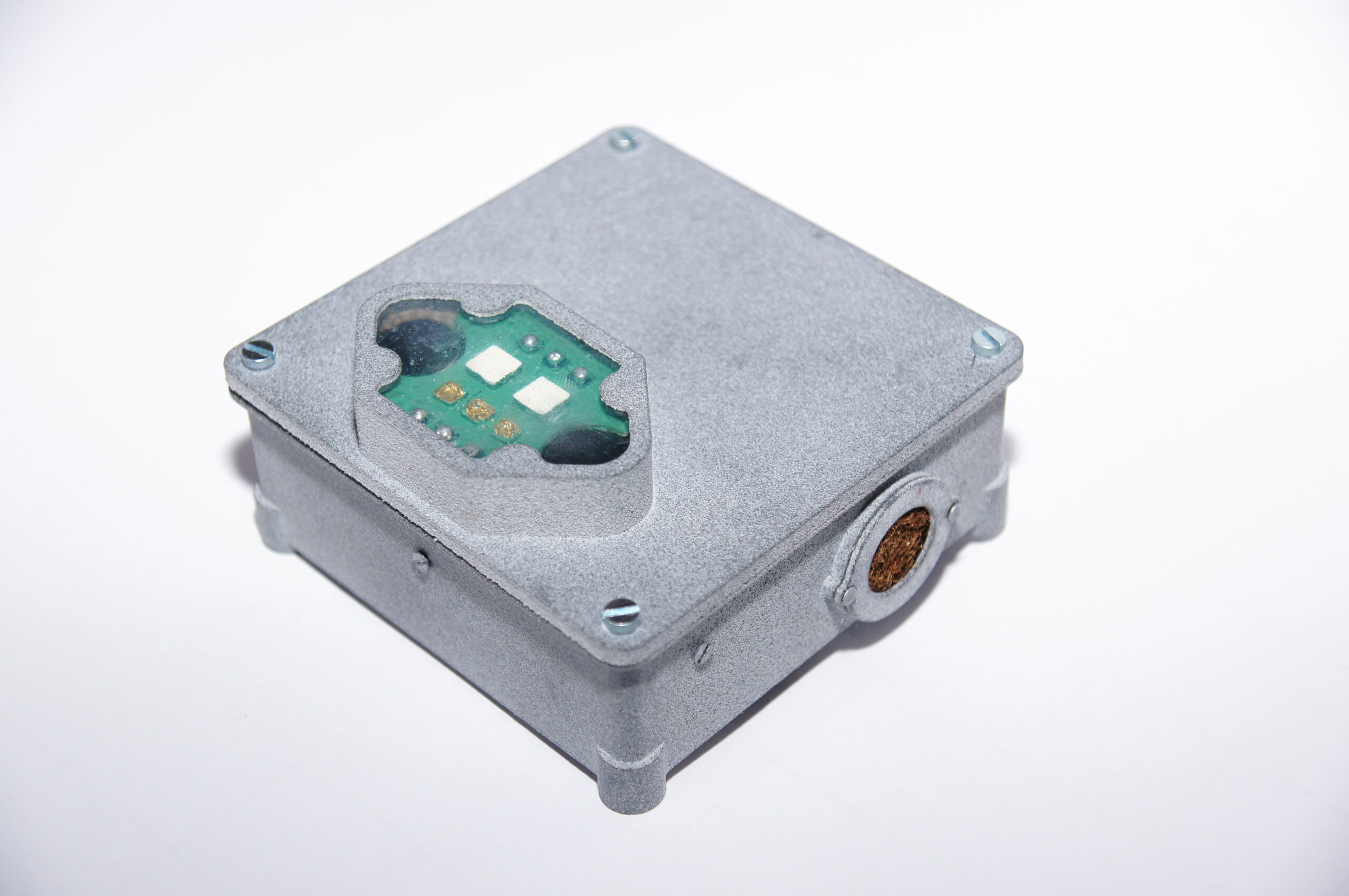
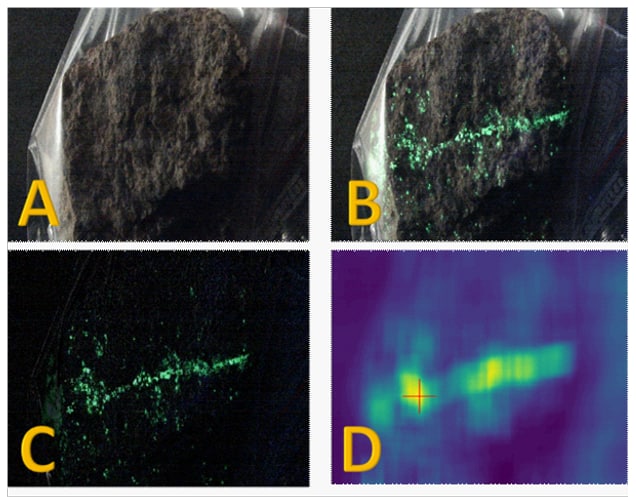
Picture (A) shows the mineral without any illumination, whereas (B) shows the UV illuminated mineral and (C) the difference of both. The fluorescence regions are clearly visible. Picture (D) finally shows the application of our region of interest method. The largest peak is marked with a red + sign.
News
LINKS
Friends, partners and sponsors
